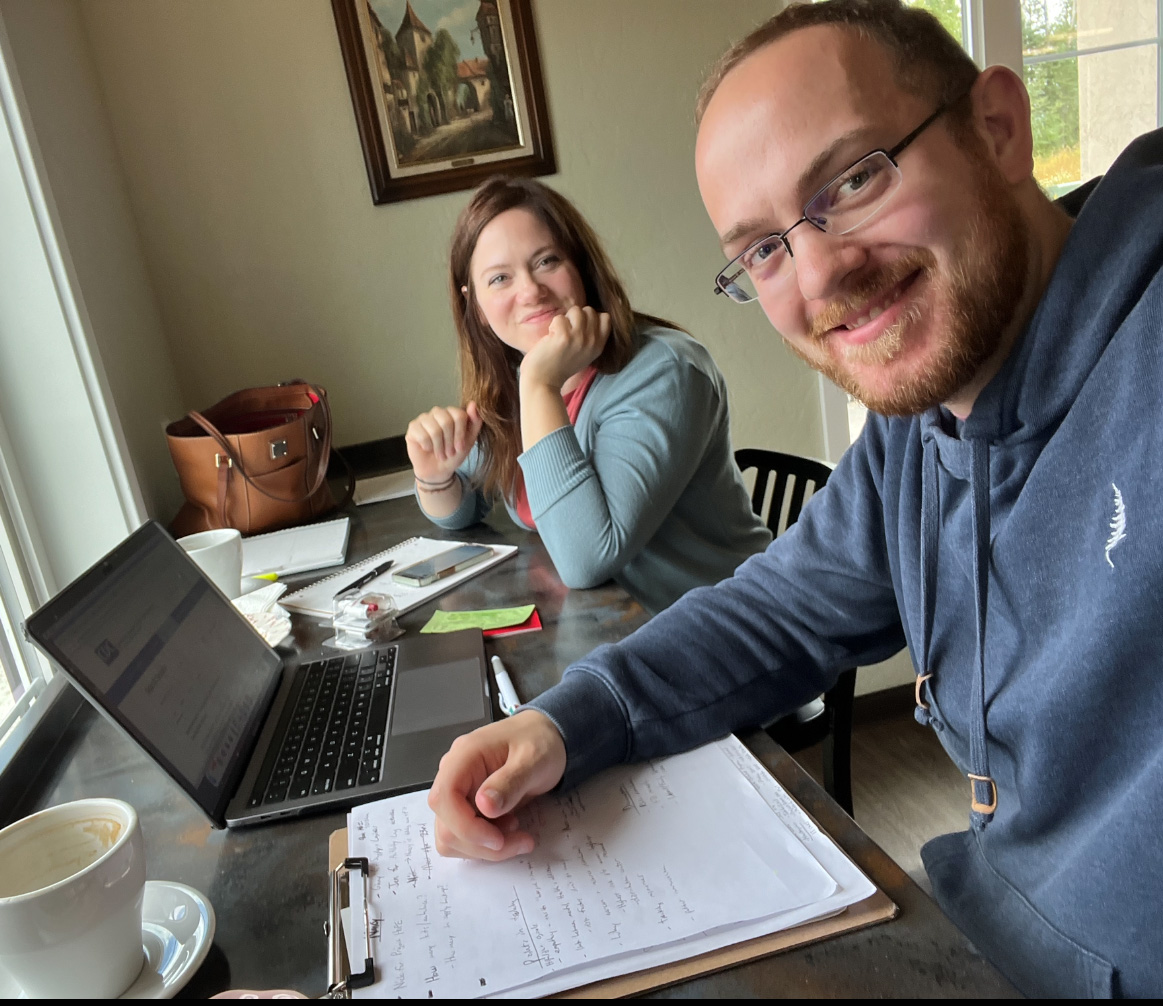Ian Richey, MS2, Alaska
The challenge: The opioid epidemic remains a complex and multi-faceted issue for residents of the Matanuska-Susitna (Mat-Su) Borough, Alaska. Many challenges exist as 107,000 residents are separated by over 25,000 square miles – which include three mountain ranges. Healthcare workers describe worsening rates of opioid misuse despite an increase in resources within the Mat-Su Borough. CDC data validates these concerns, showing Alaska’s overdose death rates have increased by 73% from 2020-2021.
The project: I interviewed three local organizations to assess community strengths, describe their missions and how they help patients with substance use disorder.
- Connect Mat-Su improves resource awareness by acting as a referral hub for residents needing opiate recovery resources.
- The Sunshine Community Health Center provides outpatient medication assistance and group behavioral therapy as an opioid recovery resource.
- Mat-Su Emergency Medical Services (EMS) responds to all 9-1-1 requests after overdose; they interact with many high-risk patients not seen by other organizations.
After I presented the findings on a recent Narcan study, both Connect Mat-Su and Mat-Su EMS agreed collaboratively to distribute a joint naloxone kit and resource pamphlet through EMS.
Mat-Su EMS will complete an application with a state agency to supply naloxone kits as part of an existing program at no-cost.
Connect Mat-Su will supply their pamphlets for distribution via EMS and plan to share referral data for quality improvement.
Using a multi-disciplinary approach that capitalizes on each strength, harm reduction delivery and resource utilization may improve for high-risk patients and potentially lower opioid mortality in the Mat-Su.
Postscript: The RUOP project grew even more over time. With encouragement from RUOP leadership, I continued to meet with Mat-Su EMS, Connect Mat-Su, and was also connected with a third recovery organization that opened a local opioid detoxification facility called the Day One Center. With a lot of great teamwork between members of each organization, we were able to launch trainings regarding naloxone distribution kits by emergency medical services while also providing Mat-Su EMTs and paramedics with instruction on how to best approach their patients with empathy and encourage connection to these wonderful resources.
I’m very proud of the work as in the matter of a few months, EMS Battalion Chief Nancy Lockett and I designed a two-hour presentation which included Connect Mat-Su and Day One Center representatives who spoke with every field EMS provider. We also provided current research gathered during the RUOP project on the “why”.
Nancy and I delivered four of these trainings to each battalion of EMS providers that encompassed all of the more than 70 members of their full-time staff. We spent countless hours, days, and weeks revising and improving on the project. We completed the state DHSS training and ordered the naloxone kits (which are on their way to be stocked in all front-line Mat-Su emergency vehicles).
All EMS staff were given new resource pamphlets, created by Connect Mat-Su specifically for this project, to hand out in addition to the kits in all vehicles. Nancy and I also drafted and submitted a new organizational policy to provide Mat-Su EMS personnel with a template on how best to distribute and track the data (with help on referral data from Connect Mat-Su). We hope to evaluate how effective we are at connecting patients and families suffering with substance use disorder with naloxone kits and community resources.
Reflections: It’s been a huge undertaking but one that feels powerful and impactful. It became much more than a school project for me. We are trying everything we can think of to continue improving on what we’ve built so far.
If nothing else, this project has helped me realize just how many wonderful and passionate individuals there are within the local community and how everyone has a personal story of connection to substance use disorder. It was inspiring to hear and learn.
RUOP provided an opportunity to learn new things about this community and, through seeing all the different pieces and staying humble and open-minded, the project grew and took on a life of its own.

